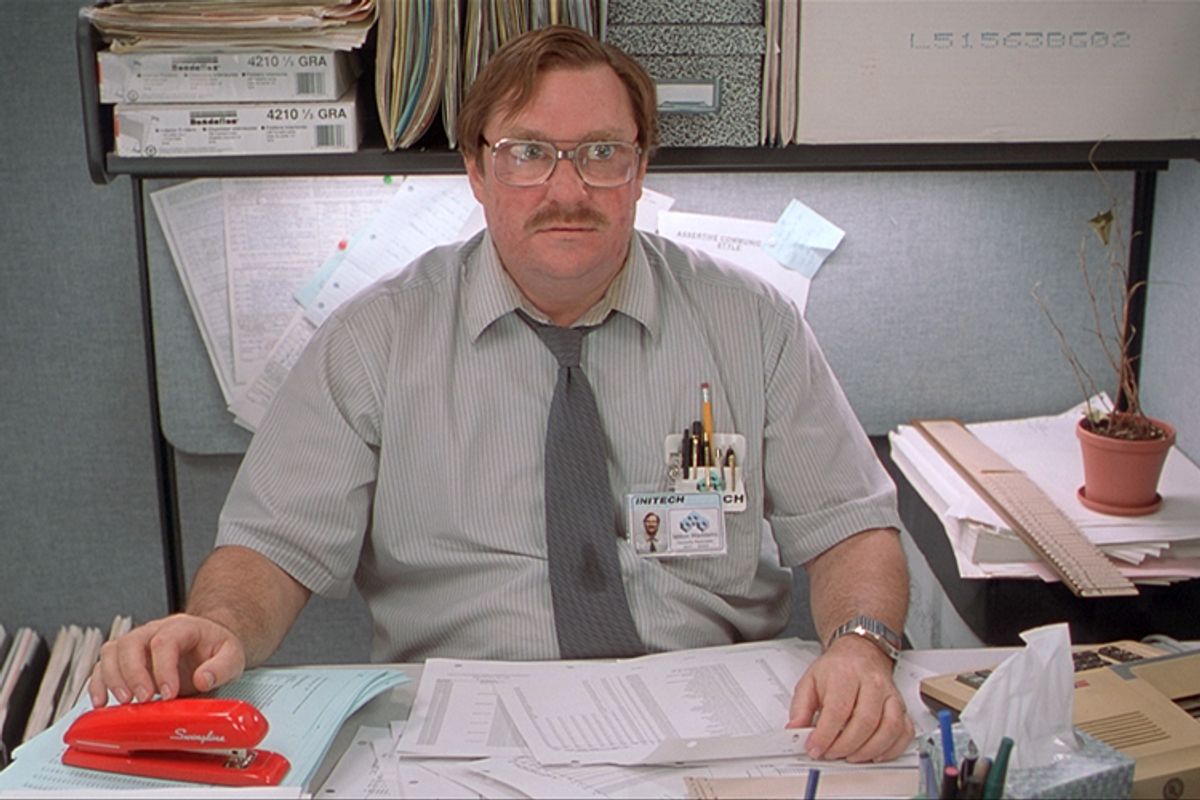If you're reading this at work, chances are good you're using an outmoded piece of equipment. I'm not talking about your computer, but rather your desk.
The traditional desk may be becoming obsolete: Rather than a place of productivity, the desk could be hindering collaboration. At least that's what architect Philip Tidd, from the firm Gensler, believes.
"The idea that the desk is a unit of productivity is changing very, very rapidly," Tidd told the Guardian. "Your productivity is not measured by the amount of time you sit behind a thing called a desk. It is what you do. It is about your output."
"It is about getting the balance of specs right so it is not just get everybody in the open, have open plan but have the right balance of spaces where you can get in a zone of concentration,” Tidd continued.
Some companies have already done away with the traditional office model, opting for a more collaboration-based space.
Steve Jobs famously did this for both Apple and Pixar -- whose offices are the stuff of legend and envy.
Other places like BBC's London broadcasting headquarters -- which now includes collaborative booth areas -- or California tech firm NVIDIA, designed to model a computer chip, take after this tradition.
Simon Allford, a director of architects Allford Hall Monaghan Morris in the UK, describes the cultural shift. Allford told the Guardian that at the outset of his architecture career, the goal was to speedily deliver workers from the elevator to their desks. However, that has changed.
"The journey is actually seen as beneficial because as people are working in different ways, you are not expecting them to be only working in one place, therefore work is a kind of continuous activity and you are always thinking," Allford explained to the Guardian.
There are other net positives to this office design, beyond greater productivity and collaboration among co-workers. The traditional work hierarchy tends to break down, the Guardian explains, and there is greater retention of employees, and improved recruitment.
“As the country has shifted from being a largely manufacturing base to a service base, I think there is a staggering statistic, which is that almost three quarters of the UK’s GDP is generated largely by office service industries," president of the Riba and chairman of Hodder and Partners Architects Stephen Hodder explained to the Guardian. "It is incredible to think of that, and so the design of those and the optimisation of design of workplace is hugely important to underpin.”

Shares